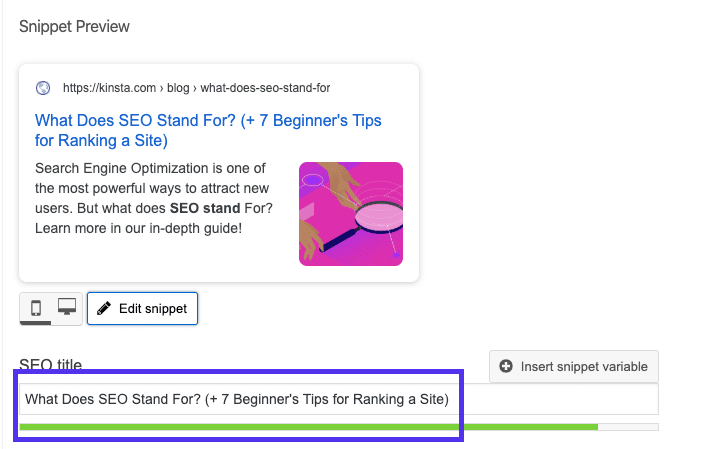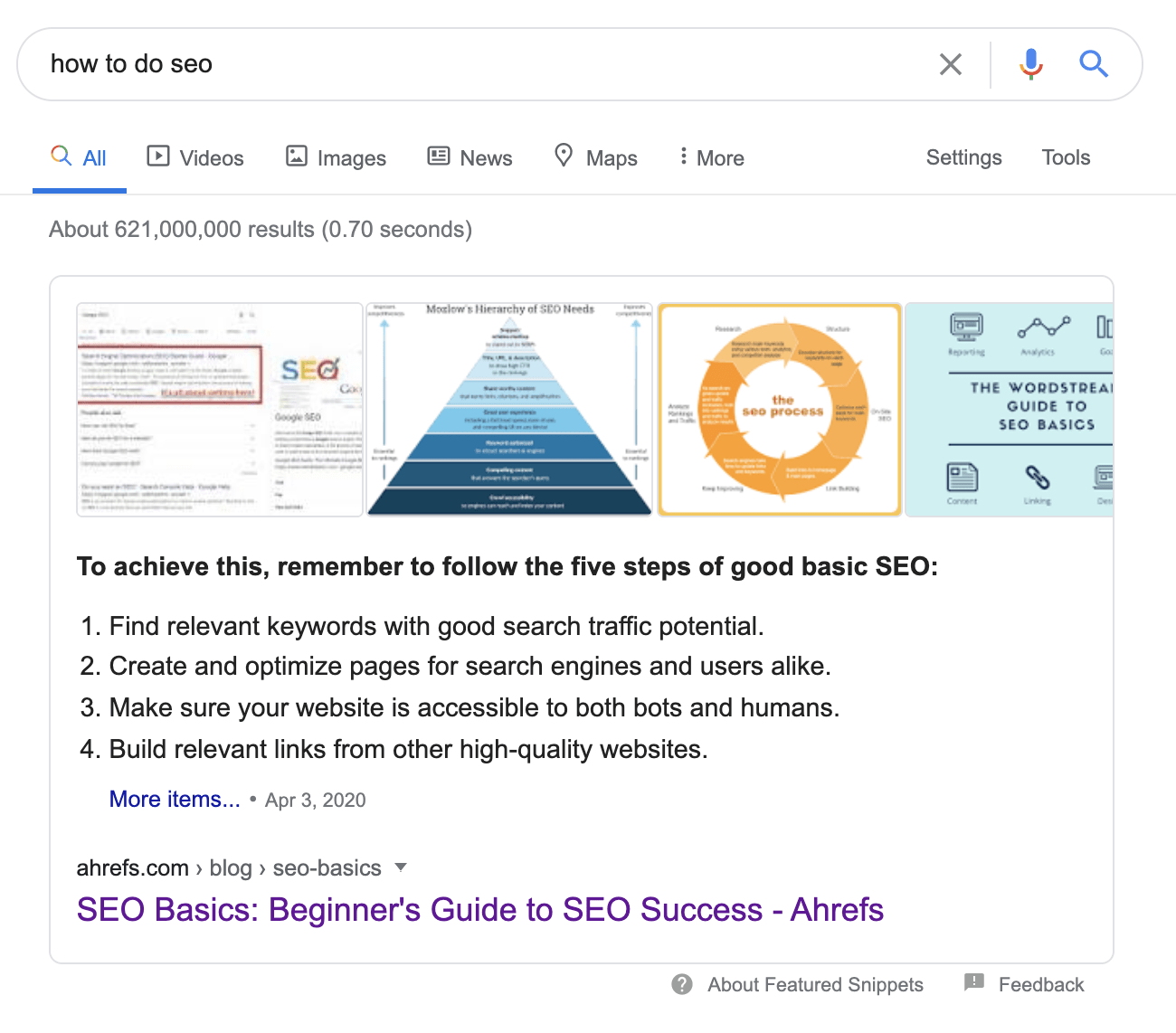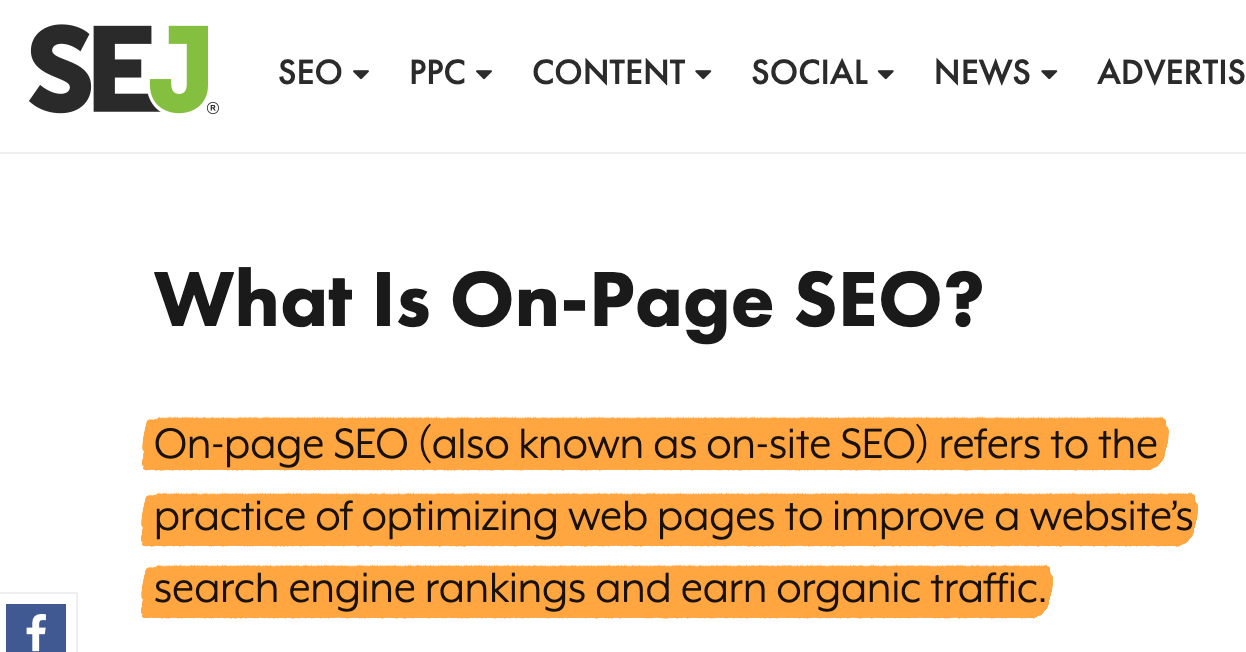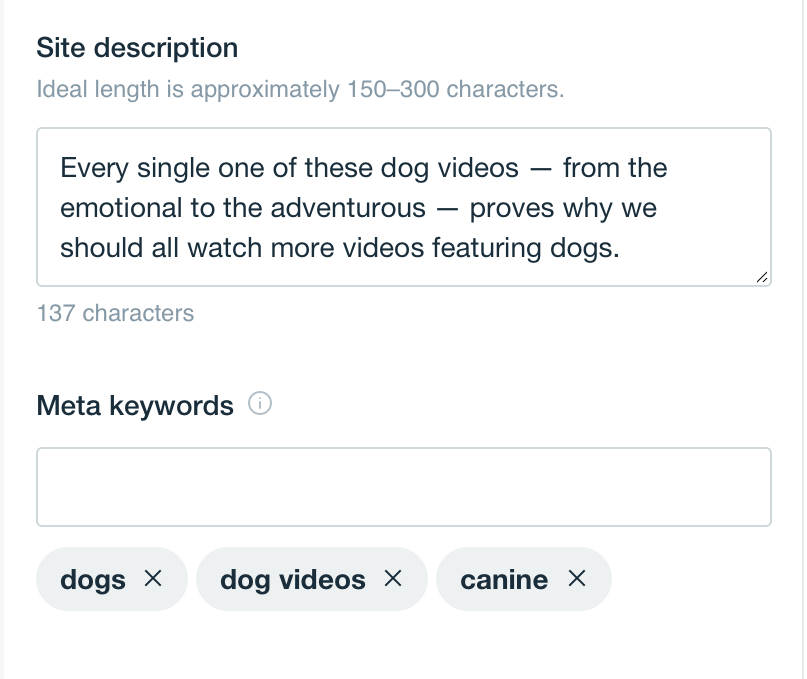If only good intentions would drive results in SEO.
Unfortunately, that’s not the case, as Tamar from Israel discovered recently. She submitted the following to Ask An SEO:
“Help! I’ve just started working in a startup. The blogs are a terrible mess for many reasons, but there are about 20 out of 140 blogs that get a few people trying our software.
I wanted to do the bare minimum to optimize them, so I fixed all H titles, made sure every post had a meta description, and checked that all images had an alt tag.
According to Google Search Console, ALL of these blogs lost their position for the top keywords they ranked for in less than a day. What gives?!
I can’t find an explanation for it anywhere! Almost all of them dropped at least 20-30 in position for a keyword…from 9th place to 55th place for a top search query, for example. Please help.”
Although Tamar submitted the domain, we have no insight into which 20 of the 140 indexed blogs we are discussing here.
Also, we have no context as to what keywords she ranked on and lost her position.
If this were my client, these would be the first things I would want to look at.
So let’s talk about what we know.
Fluctuations in rankings are normal as Google evaluates the new/updated content, so I wouldn’t panic so soon after the change.
If the problem persists, we want to start investigating possible causes.
Tamar, the chances that your rankings went down due to adding alt text or meta descriptions are small to zero.
Meta descriptions are not a ranking factor.
And while alt text is an important accessibility aid, it’s only a ranking factor for image searches.
Going back and tweaking by adding alt text might only help.
So all we have to do is “fix” the HTML heading tags.
We assume this is not a technical SEO issue as the drop in rankings would be more widespread than just the 20 posts that had content updates if that were the case.
We’re also assuming it won’t be a competitor or two stepping up their game and knocking you out of the way, as these are pretty sizeable changes.
I have a few prime suspects.
Are You Keyword Stuffing?
Contents
- 1 Are You Keyword Stuffing?
- 2 Did You Make A Mess Of Relevance?
- 3 Other Content Quality Factors Impacting Your Ability To Rank
- 4 Test Any Further Optimizations Before Proceeding
- 5 How do you increase website authority?
- 6 Why does my Google ranking keep changing?
- 7 Is more content better for SEO?
- 8 What is a ranking factor?
- 9 What are the common on page SEO mistakes in 2021?

Google’s webmaster guidelines are clear on this:
“Keyword stuffing” refers to the practice of loading a webpage with keywords or numbers in order to manipulate a website’s ranking in Google search results. Often these keywords appear in a list or group, or out of context (not as natural prose).
Filling pages with keywords or numbers creates a negative user experience and can hurt your site’s ranking.
Focus on creating useful, information-rich content that uses keywords appropriately and in context.
If you added an unnatural amount of keywords while “fixing” your subheadings, Google may have demoted those pages.
Did You Make A Mess Of Relevance?

Depending on the keyword terms you were trying to optimize for, you may have negatively impacted Google’s perception of the content’s relevance to the terms it was already ranking for.
For example, you might assume that because a page ranks well and drives qualified traffic for [JIRA project management], you could benefit from its success and also turn to [agile project management].
Perhaps user behavior and their semantic understanding of the topic leads Google’s algorithms to believe that:
You may have muddied the water trying to optimize existing content for a keyword with conflicting search intent and current relevance.
Making the piece less focused could hurt Google’s perception as the best answer to the searches you’re trying to rank for.
Other Content Quality Factors Impacting Your Ability To Rank

I believe that one of the two actions above was probably responsible for the drop in ranking you experienced in these 20 blog posts.
However, if you look at the site, there are several content quality issues that might hold you back.
Put these on your priority list and see if you can rank these money sites higher in searches:
Update your outdated content.
In some categories, I see blog posts with 2020 in the title and URL as the most recent content.
It gives Google and potential customers the impression that you don’t actively create and maintain the information you put out into the world.
Create an internal linking strategy.
I see zero internal links in the 10 blog posts I spot checked.
Internal linking not only helps Google understand your website hierarchy, but also reports PageRank and helps visitors engage and move around your site.
Improve writing quality.
There are grammatical errors everywhere, and issues with sentence structure, word usage, and other writing mechanisms that make the content difficult to read.
Hire an editor and use tools like Grammarly and Hemingway to improve the quality of your writing.
Test Any Further Optimizations Before Proceeding

Last but not least, this experience should serve as a good reminder of the importance of testing changes to existing websites before rolling them out more widely.
Document and test the changes you want to make.
look what happens Measure the results.
Also, keep in mind that the same tweaks on a different page can produce completely different results.
That’s just part of the SEO fun!
A good next step would be to conduct a content audit to see where your biggest opportunities currently lie.
Then prioritize your results. You don’t have to do everything at once – it can actually have unintended consequences, as we’ve seen here.
Updating and optimizing existing content is a great practice that can greatly improve user experience and rankings.
But it’s a process. Don’t rush it.
Focus on your potentially most lucrative pages and optimizations first, and always be ready to roll back if you accidentally lowered your rankings.
Featured Image: Shutterstock/ViDi Studio
Editor’s Note: Ask an SEO is a weekly SEO advice column written by some of the industry’s top SEO experts, handpicked by Search Engine Journal. Do you have a question about SEO? Fill out our form. You might see your answer in the next #AskanSEO post!
One last thing to keep in mind – while Google tries to index your site in 4 days to 4 weeks, some of the most influential SEO companies have found that it takes 3-6 months for changes to your site to fully propagate be effective.

Here are some ways you can increase your site’s DA:
- Acquire quality backlinks from authority sites. …
- Create killer content that’s link-worthy. …
- Check your website and remove bad links. …
- Optimize your website structure and user experience. …
- Improve your internal links.
What Makes a Website a High Authority? Quality content: Google and other search engines take into account the quality of the content on your website. This is also the case with your Moz Domain Authority Score. The higher the quality of the content, the better your website will perform in this area.
Why does my Google ranking keep changing?
Because Google often changes its algorithm based on user behavior, this can cause your Google ranking to change constantly. As Search Engine Journal uses as an example: “If searches for a certain topic suddenly increase, Google may bring newer results first and push the more static content down.
Why do Google rankings fluctuate? Rankings fluctuate due to competition When a search query is competitive, Google typically crawls the sites relevant to that search query more frequently. The players competing for rankings in this query most likely make frequent changes to their websites.
How often do Google rankings change?
Most experts estimate that Google changes its search algorithm around 500 to 600 times a year. That’s somewhere between once and twice a day. While most of these changes don’t significantly change the SEO landscape, some updates are significant and may transform the way we write for SEO.
How long does it take for Google rankings to change?
The majority of them managed to do this in around 61-182 days. Looking at this graph, you might think that it takes between 2 and 6 months on average for a page to rank in Google’s top 10.
How long does it take to rank #1 in Google?
The average top 10 ranking page is 2 years old. Those who achieve top 1 rankings are (on average) almost 3 years old. About 95% of newly published pages don’t make the top 10 within a year. And most that do make it in about 2-6 months.
Why has my Google ranking suddenly dropped?
Ranking drops are often caused by major changes to a website. If you have migrated a number of pages, introduced a (responsive) redesign or revised a lot of content, you will see large fluctuations in your rankings. This is natural and should only worry you as your rankings will not return to their previous state.
How long does it take for Google rankings to change?
The majority of them managed to do this in around 61-182 days. Looking at this graph, you might think that it takes between 2 and 6 months on average for a page to rank in Google’s top 10.
How long does it take to rank #1 in Google?
The average top 10 ranking page is 2 years old. Those who achieve top 1 rankings are (on average) almost 3 years old. About 95% of newly published pages don’t make the top 10 within a year. And most that do make it in about 2-6 months.
Is more content better for SEO?
The SEO benefits of long-form content. Longer content leads to higher search rankings. Simply put, studies show that longer content dominates page one of search rankings. SerpIQ conducted a study that presented the top 10 results for searches based on content length.
How much content is good for SEO? According to Search Engine Land, longer content (1,000 words) tends to help websites show up in search results. Forbes states that an average of 600-700 words per page is optimal for SEO.
How does content length affect SEO?
When it comes to SEO, long-form content has a greater impact compared to short-form content. This is because most long-form blog posts are detailed articles that not only help improve audience engagement, but also help generate more traffic and social shares.
Is content length a ranking factor?
Because here, too, the length of the content is actually not a ranking factor. This means that websites with higher domain authority can shed their past history of backlinks, relevant keywords, and topical authority demonstrated by previously published longer articles and blog posts.
Why is long form content good for SEO?
You can target a range of keywords and generate organic traffic. Along with its crawlability, long-form content allows you to target a range of keywords and topics. This means it is possible to maintain your content ranking and generate traffic for a long time.
Does content help SEO?
Content is extremely important for SEO, without it search engines don’t have enough information to index your pages correctly and help you rank. If you don’t have a solid SEO strategy, your website’s pages will never be seen or shared.
Does more content increase SEO?
Adding more content to your website can improve your SEO, but only if done carefully. Don’t make the mistake of adding tons of low-quality content unless you want a negative result.
“SEO†refers to search engine optimization or the process of optimizing a website so people can find it easily through search engines like Google. By “content” we mean all information that lives and can be consumed on the internet (more on the different types of content below).
Is content marketing important for SEO?
It’s Beneficial for Your SEO Content marketing not only builds trust and rapport with your audience, but also helps you with search engine optimization (SEO). An important part of SEO is writing quality content that focuses on your users.
What is a ranking factor?
The term “ranking factors” describes the criteria that search engines use when evaluating websites to rank their search results.
What is a ranking factor in SEO? Ranking factors are the criteria used by Google (and other search engines) when ranking pages to determine the best order of relevant results for a search query. Understanding ranking factors is necessary for effective SEO.
Social media isn’t a ranking factor, so it won’t directly help your rankings. Although there is no direct correlation between the two rankings, the benefits of social media do flow into SEO. And when you’re trying to improve your SEO, it’s especially important to invest in social media. Here’s why.
While social media signals don’t have a direct impact on search rankings, they do affect your search engine optimization efforts in four main ways: Increased online visibility and traffic to your website. Increased authority and brand awareness. Wider content distribution and longer content lifetime.
Are Social Signals a Ranking Factor? First of all, Google says that social signals are not a direct ranking factor. That doesn’t mean that social signals don’t help Google SEO in an indirect way, which we’ll get to later, but it does mean that it doesn’t directly improve your rankings in Google.
An example. While social media is not a ranking factor, it does have a connection to search engine optimization.
What are the common on page SEO mistakes in 2021?
Missing Page Titles & meta descriptions. Not conducting regular website audits. Retain old URL structures when redesigning a website. Placing important text in images rather than on the page.
Is SEO Worth It for Website Optimization in 2021? So is SEO still a good investment in 2021 and beyond?! Short answer: YES! SEO is more important than ever! It’s still one of the most effective digital marketing strategies that produce long-term results.
